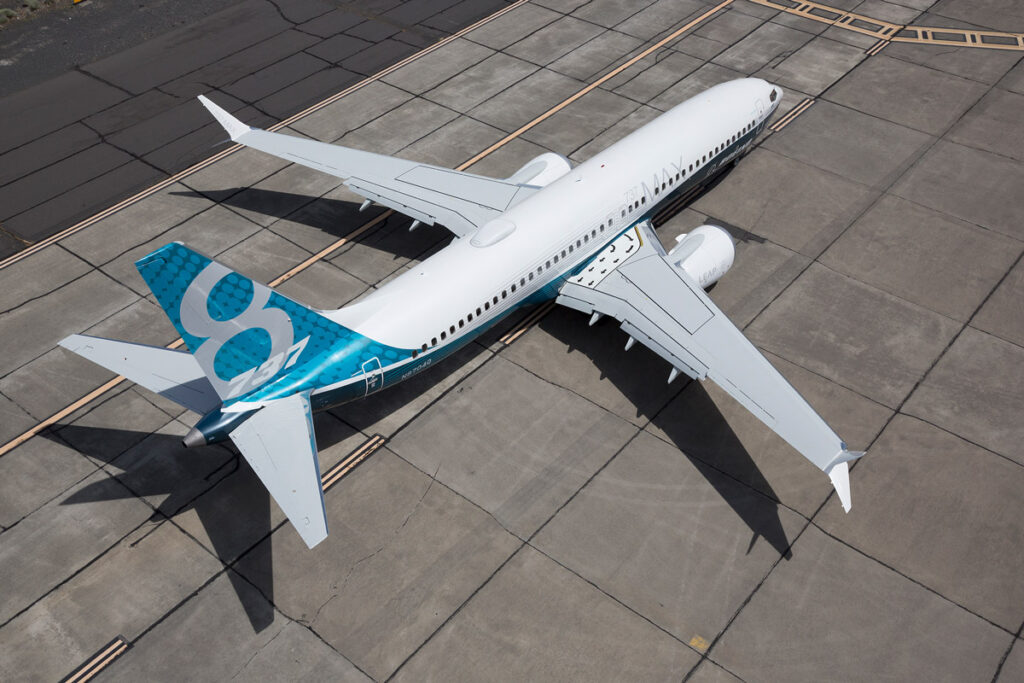Boeing Responds to FAA Approval Resuming 737 MAX Operations
The U.S. Federal Aviation Administration (FAA) today rescinded the order that halted commercial operations of Boeing (NYSE: BA) 737-8's and 737-9's. The move will allow airlines that are under the FAA's jurisdiction, including those in the…
